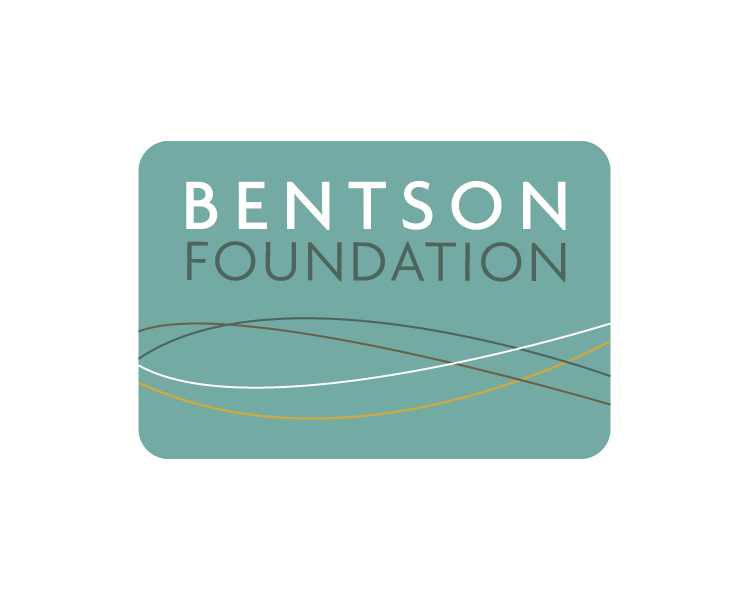COVID-19 cases across the globe declined last week for the second week in a row, with illness levels dropping in every region except the Western Pacific, the World Health Organization (WHO) said yesterday in its weekly pandemic snapshot.
The WHO's update also covered the latest information on the BA.2 Omicron subvariant, which it now says makes up about 21% of sequenced global cases.
Asia surges intensify
Cases were down 19% last week compared to the previous week, and deaths held steady after rising steadily for 5 weeks. Fatality increases in some regions such as the Western Pacific and Eastern Mediterranean were offset by plateaus or decreases in Europe and Southeast Asia, respectively.
The Western Pacific region's rise was led by increases in China, South Korea, Samoa, and Brunei Darussalam.
In related developments, a handful of countries in Asia—which are experiencing later Omicron surges—reported record cases in the past day. For example, Hong Kong's daily cases topped 4,000 for the first time, further stretching the healthcare system and prompting a directive from China's President Xi that the region's overriding mission is to control COVID-19, according to Reuters.
Also, South Korea's cases rose above 90,000 for the first time, and Singapore recorded a new daily high of more than 19,000 new cases. Yesterday, Indonesia reported a record high, with cases topping 57,000.
Of the 16 million new cases reported to the WHO last week, Russia reported the most, followed by Germany, the United States, Brazil, and France.
Tracking BA.2
In its update, the WHO said the prevalence of the BA.2 subvariant is increasing, both in countries where cases are declining and in countries where illnesses are rising. Globally, prevalence has reached 21.09%.
The subvariant is dominant in 10 countries: Bangladesh, Brunei, China, Denmark, Guam, India, Montenegro, Nepal, Pakistan, and the Philippines.
Regions vary, however, with the highest prevalence of BA.2 sequences in Southeast Asia and the lowest in the Americas.
Early evidence suggests that BA.2 is more transmissible and has a higher secondary attack rate than the parent Omicron strain, and so far initial studies suggest no difference in vaccine efficacy. It's not clear at this point if there is any increase in disease severity from BA.2, the WHO added.
More global headlines
- In China, the city of Suzhou—an industrial hub in Jiangsu province—reported local cases for the second day in a row, prompting movement restrictions and stepped-up testing, according to Reuters.
- Switzerland announced that it will lift nearly all its restrictions tomorrow, except for masking on public transport and while visiting hospitals. A number of countries in Western Europe have eased restrictions amid reassuring signs that Omicron is having a lesser burden on healthcare systems.
- The global total today rose to 417,094,312 cases, and 5,846,612 people have died from their infections, according to the Johns Hopkins online dashboard.





















